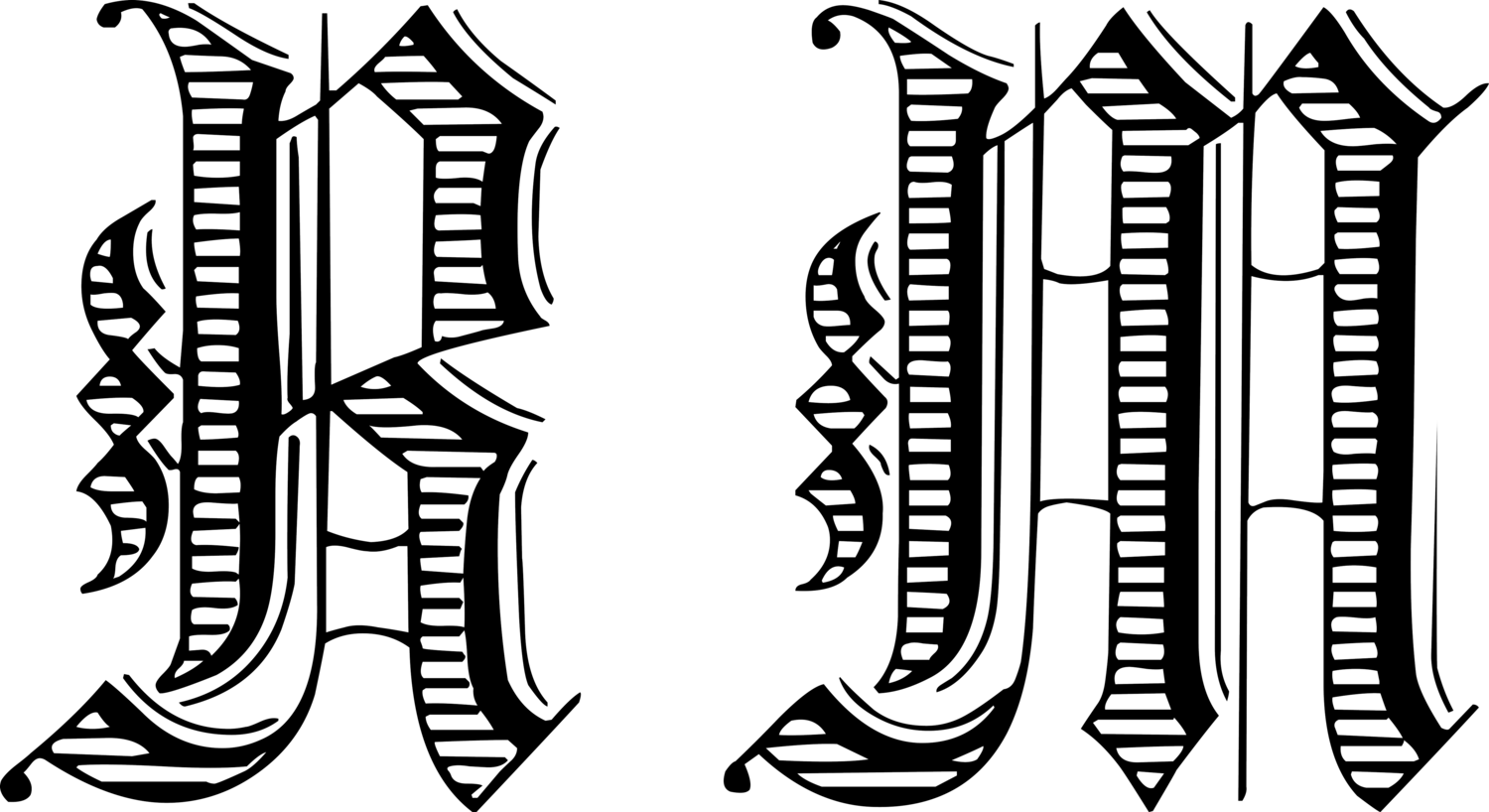special projects
special projects
Art & AI
Rachel was commissioned by Experiments with Google and Nord Projects as an Artist to help train machines on Mood Board Search, a tool using Concept Activation Vectors (CAVs) to power nuanced visual search.
Employing CAV Camera—an Android app connecting Mood Board Search with a Pixel camera—users can ‘try on’ Rachel’s concept ‘Fractured’ for a new way of seeing.
Exploring intuitive applications of AI, the commission came out of Rachel’s work as Co-founder of museme, an online platform honing computer vision for surfacing artworks with a deep resonance for the human viewer.
Mood Board Search won Best in Category: Expressing for the 2023 IxDA Interaction Awards.
sound
Rachel composed two sound collages for Supermarket, Stockholm’s Independent Art Fair (2021 and 2022 editions).

